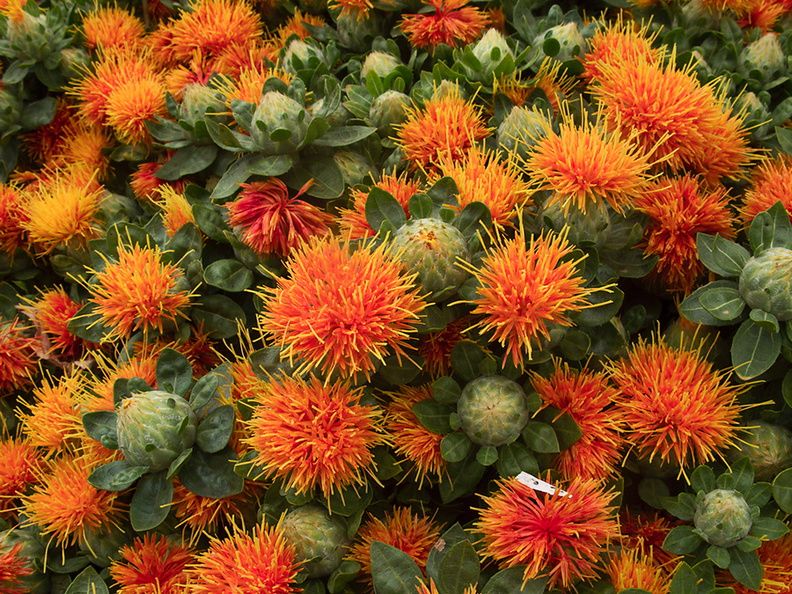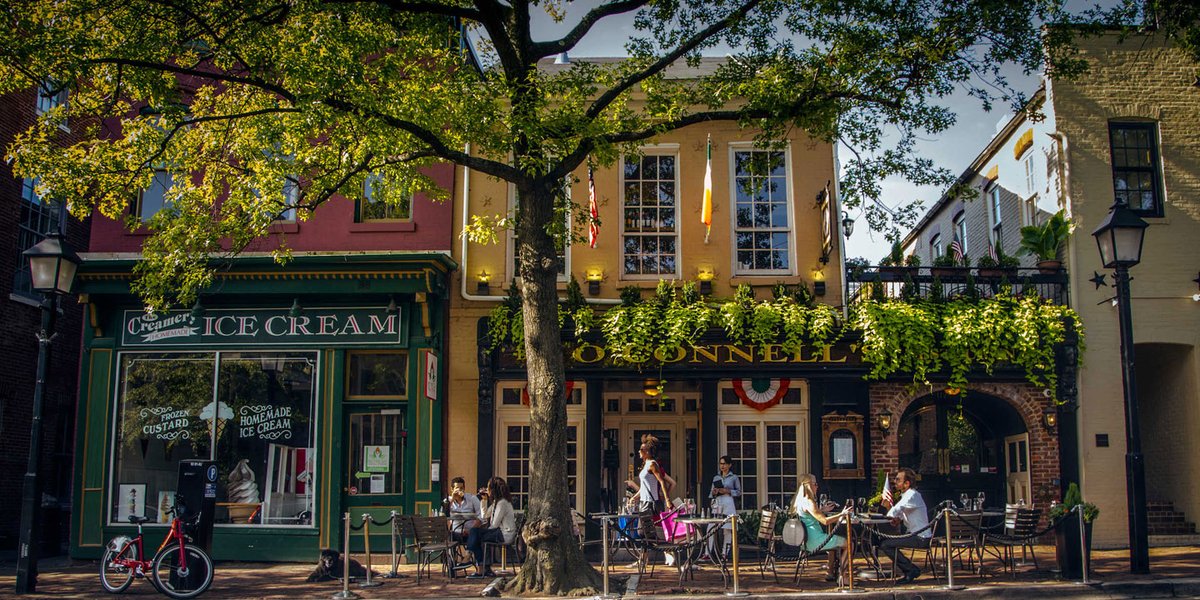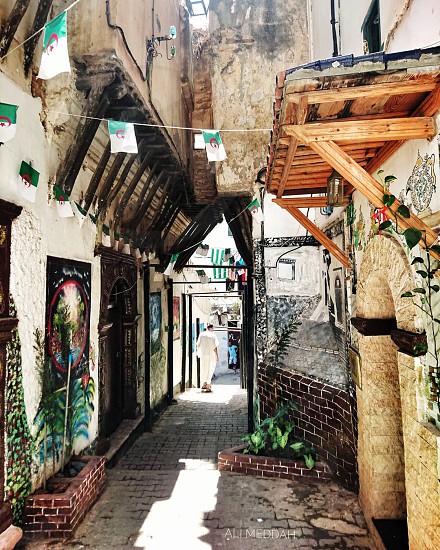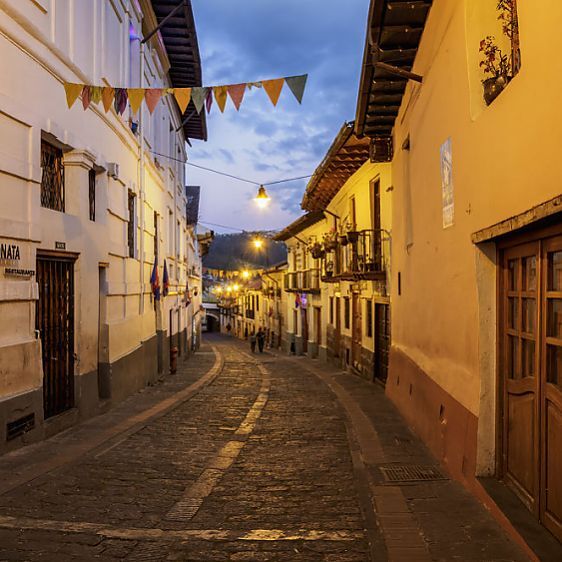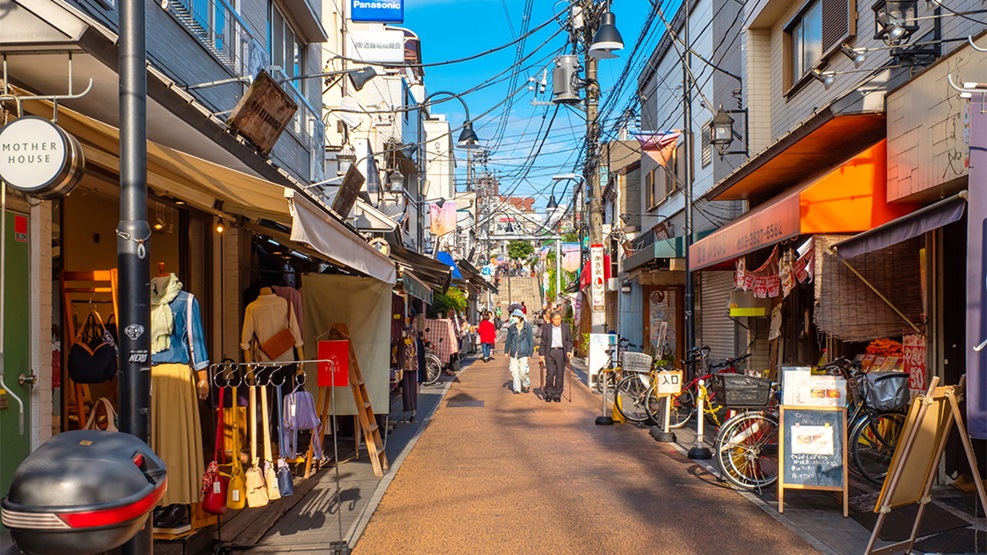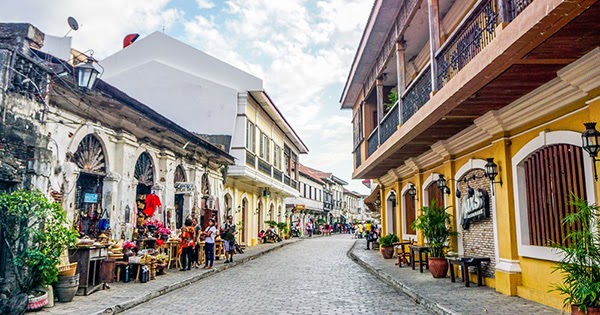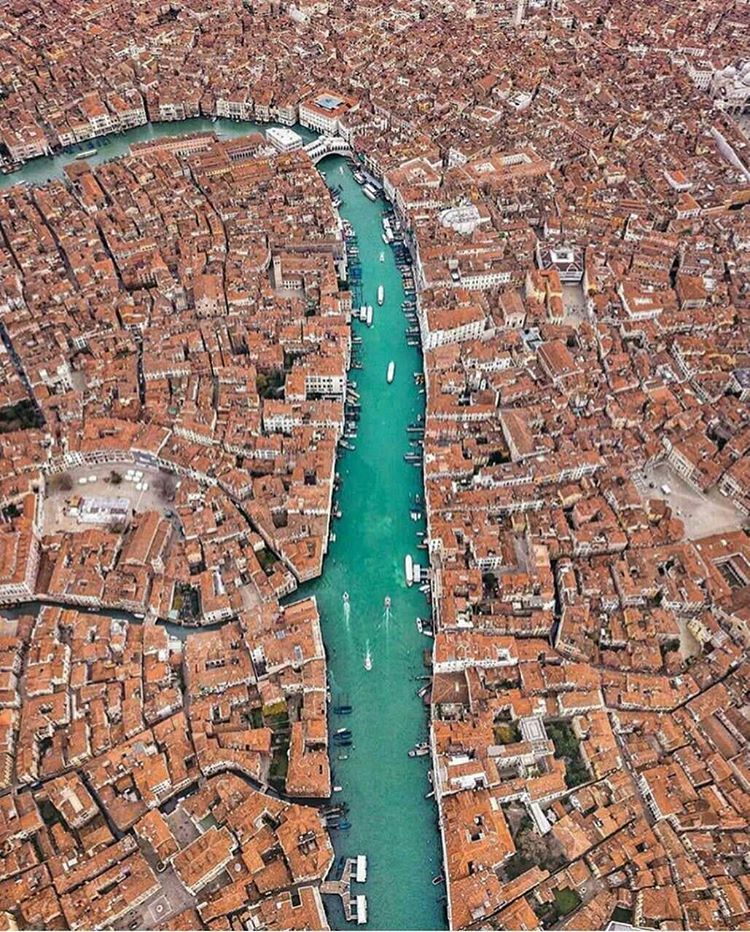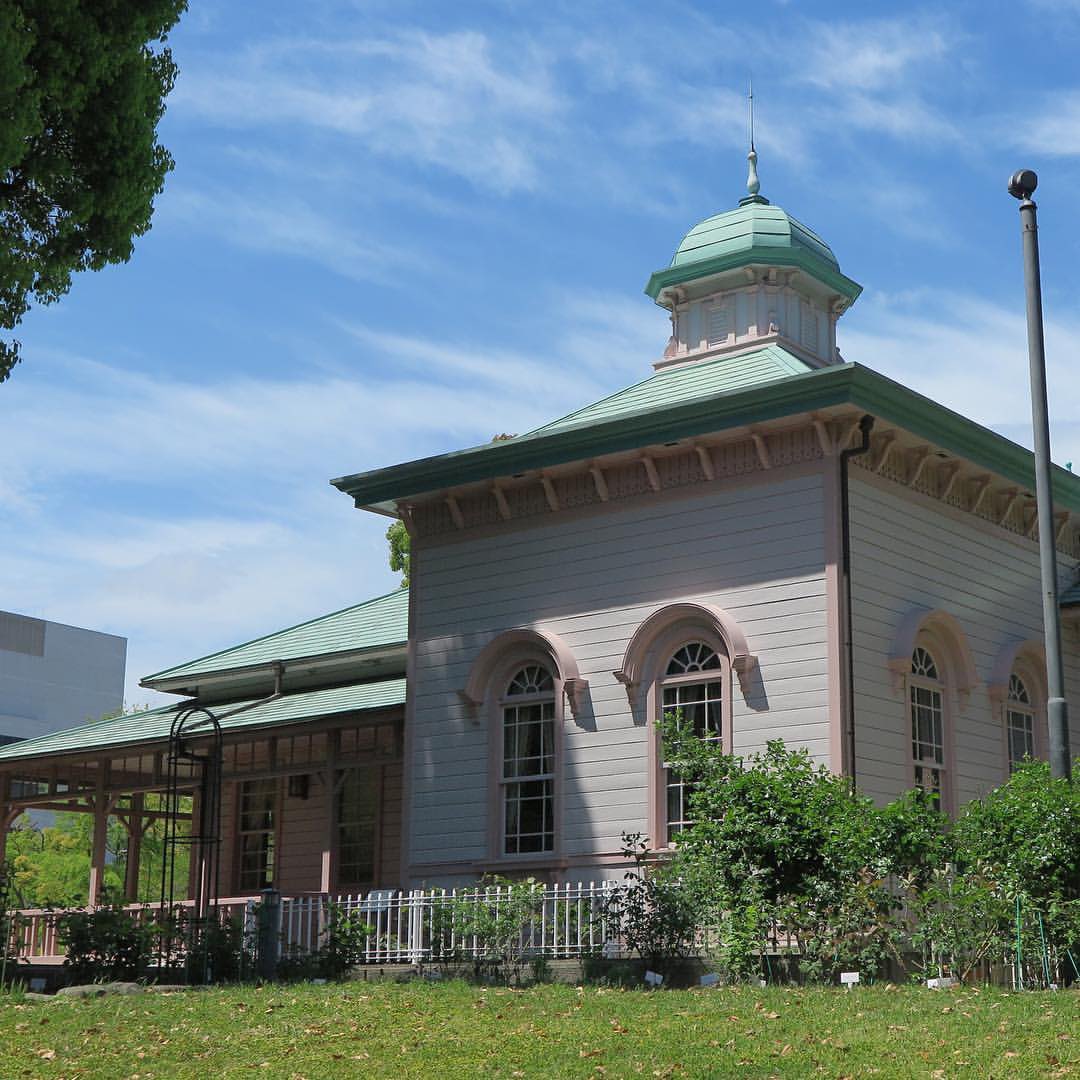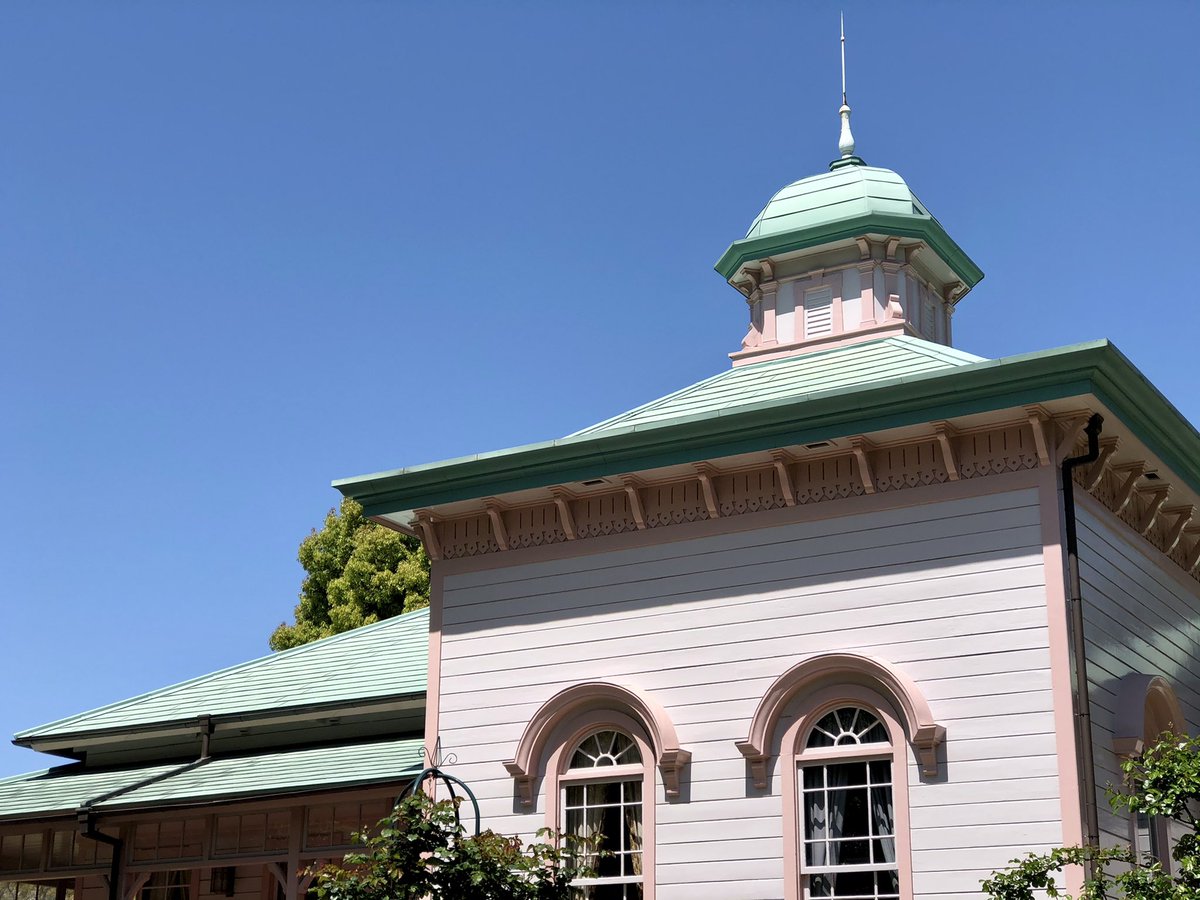
The majestic woven huts of the Dorze people in southern Ethiopia. When new the tallest of these reach up to twelve meters, made of a bamboo cage structure, thatched with local grass, bamboo or ensete (false banana) leaves. Well maintained a Dorze hut can easily last a century. 

The older a Dorze home is, the lower it gets: the bamboo poles are attacked by termites and ground moisture, which is why maintenance often involves cutting off a couple of decimeters of the bamboo poles that touches the ground, every few years. 

It would take a young couple about three months to build a hit for themselves, so often specialized craftsmen (who are trained in a master-apprentice sort of system are called in). As part of the payment, all meals are included. A clever trick to make sure workmen show up. 



The hut is very sturdy and can simply be picked up and moved by teams of locals if a better place is found, or if the present place is too infested by termites. The basket structure means building is easily done with scaffolding in the form of poles struck through the hut itself. 



The height and earth floor means you have a clever natural cooling system: hot air raises to the top, several meters away, and the cool tamped earth floor keeps the lower air cool. Indoor fires are no problem because smoke naturally percolates through the thatch, preserving it. 







It is difficult to grow enough materials for your hut yourself, so local markets is a good place to pick up more of what you need. And of course preparing and selling building material is a popular "cottage industry." Bamboo leaf sheets are the most durable, beautiful, expensive. 

• • •
Missing some Tweet in this thread? You can try to
force a refresh




